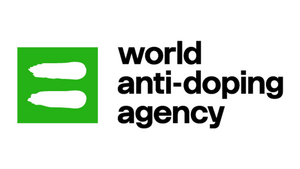Sports officials around the world are facing incredible challenges due to the unfair means of practices performed by the athletes to improve their performance in the game. Athletes have a desire to increase their physical performance to obtain better results which leads some of them to seek alternative methods. Therefore, blood doping practices in sports have been around for several decades. The main reason for the various forms of blood doping is that they are easy to perform, and the detection is difficult. Blood doping can be performed by various methods like through blood transfusion along with the intake of erythropoietic stimulants or hormones such as recombinant human erythropoietin (rhEPO), the transfusion of haemoglobin-based substitutes to increase the number of red blood cells (RBC) or enhance oxygen transfer to the muscles through a modification of athlete's oxygen transport capacity. World Anti-Doping Agency (WADA), along with the law enforcement authorities, have described all the prohibited substances that can be used as doping drugs among athletes and their effect on the performance of the athletes.
One of the substances is rhEPO, a recombinant-based treatment that increases erythropoiesis which has the ability to increase oxygenation in the blood. Due to the fact that rhEPO is not easily differentiable from the naturally occurring erythropoietin, it is commonly misused by athletes in their training. WADA is responsible for identifying the athletes who take rhEPO treatment. The fundamental distinction can be made between direct and indirect methods of the detection of rhEPO in blood. The direct methods meet the medico-legal requirements of WADA in which the presence of rhEPO is inspected in the blood or urine samples using laboratory-based methods. Some methods are RNA testing, the biomarker test, immunoassays, liquid chromatography, mass spectrometry, etc. However, all these methods require experts to have the proper domain knowledge to collect and analyse the blood samples according to the regulations. Moreover, expert analysis of blood samples includes time and cost factors that also need to be considered in the overall decision-making process. These limitations lead WADA to investigate the indirect methods of detection.
In this project, we expand the research ambit of the collaboration to develop an indirect detection method based on statistical analysis and machine learning algorithms that can flag the presence of EPO in the blood sample. Some of the major goals include conducting the clinical experiment, studying the haematological profiles of participants, finding the best indicators through statistical-based methods, deploying state-of-the-art machine learning algorithms, and developing a fully-fledged pipeline model for the detection of EPO abused samples.
Partners
Deutsches Forschungszentrum für Künstliche Intelligenz (DFKI) GmbH, World Anti-Doping Agency (WADA), University of Copenhagen

